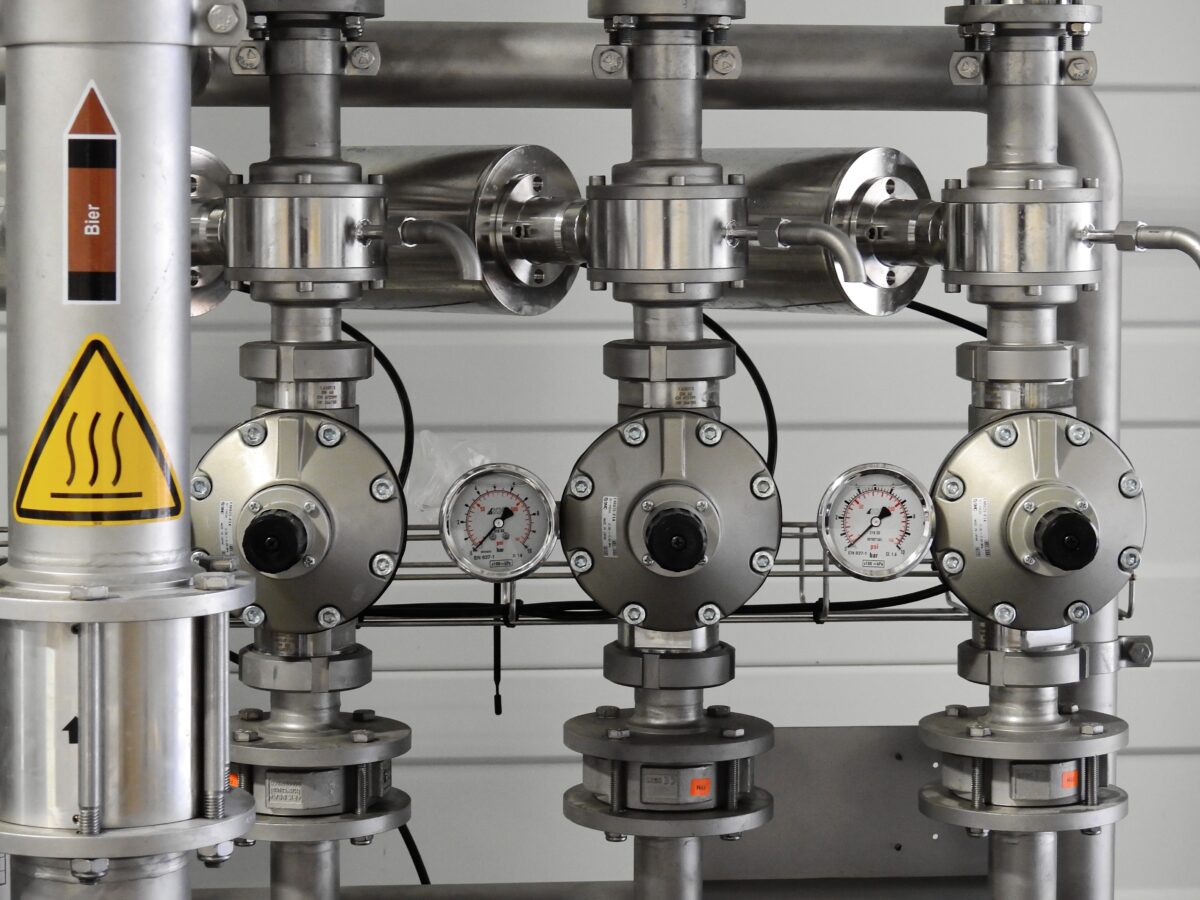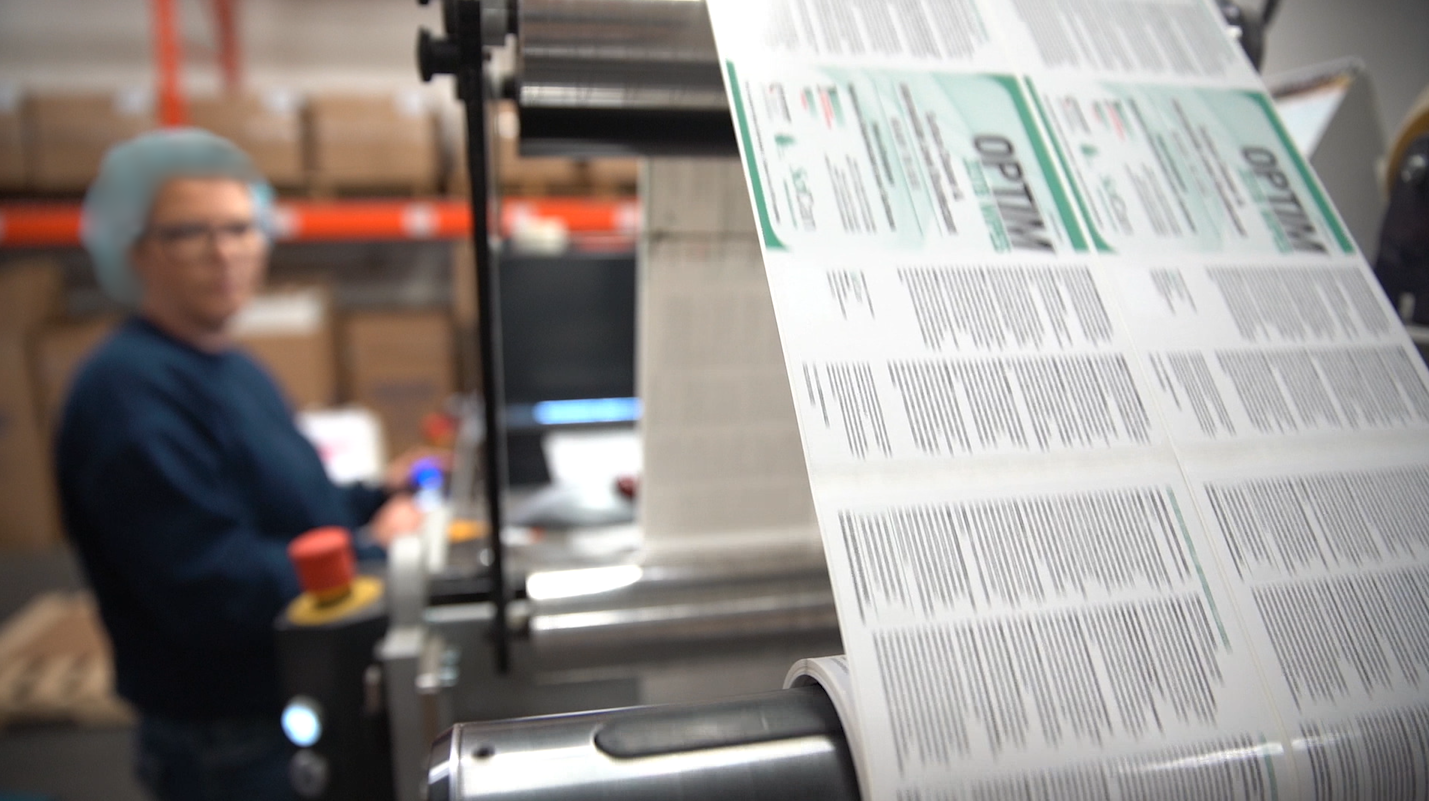
Aside from environmental factors the prime label will be exposed to, you also need to consider what materials you are placing the label onto. Will your prime label be applied to plastics, glass, or metal, and are there textures on the surface that you should consider during the material selection process?
Branding and design are important, of course, but don’t overlook the printing technology available. High resolution is extraordinarily appealing to the consumer and will present your product in the best possible light. During packaging, the company may opt to incorporate different print styles and application techniques. Poor comprehension of the printing technology can lead the purchaser to incur significant loss of labels and time.

Acrylic adhesives are noted for long term bonding and UV resistance in outdoor applications. They also offer excellent resistance to most common chemical solvents. Acrylic adhesives may have higher initial costs but offer superior durability.
Rubber-based adhesives are widely used for short-term general purpose indoor applications because of their instant bonding and low costs. However, they are susceptible to common chemicals and UV exposure.
Cold temp adhesives are used for labels designed to be applied to cold surfaces, typically below 25°F.